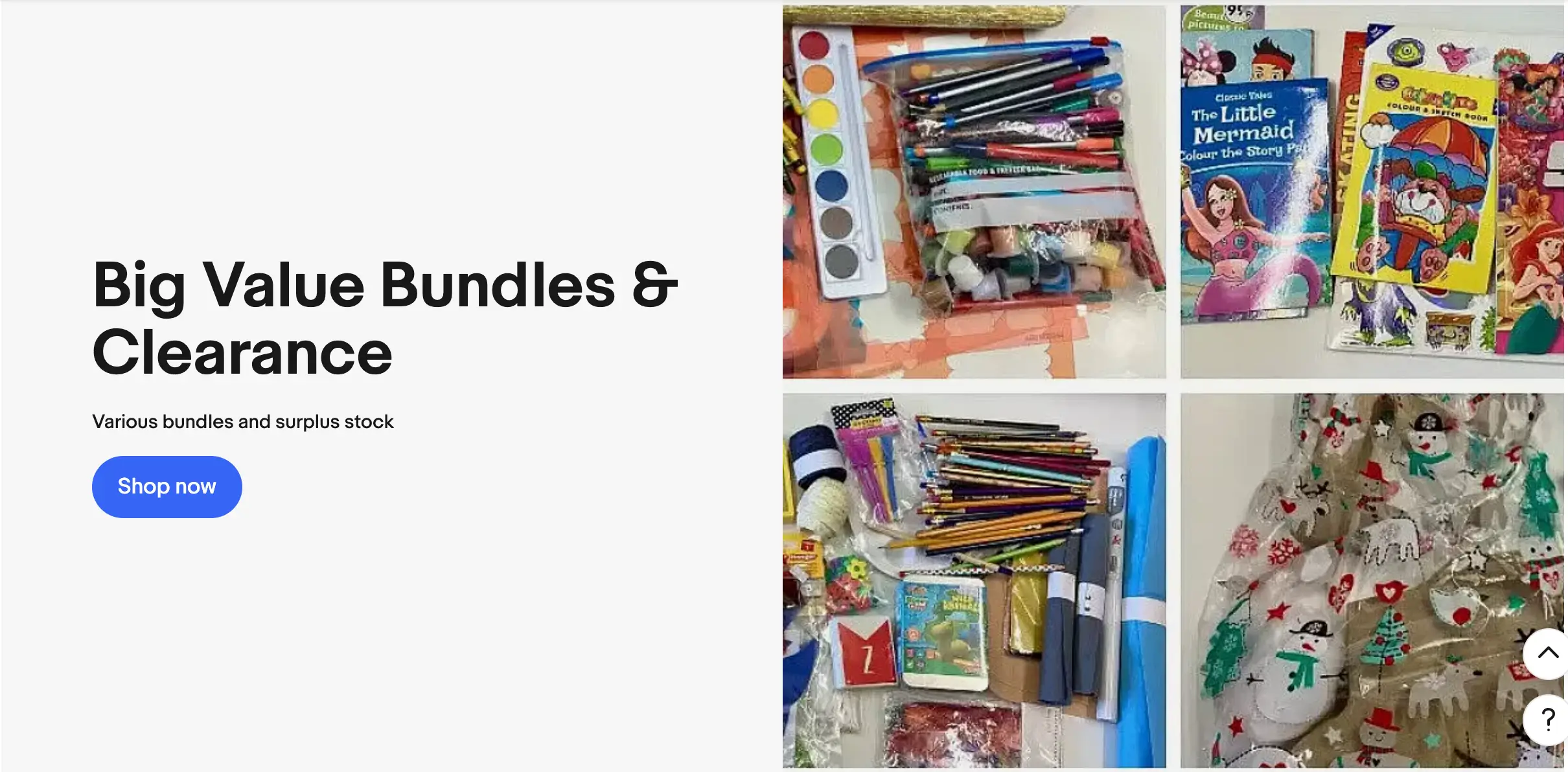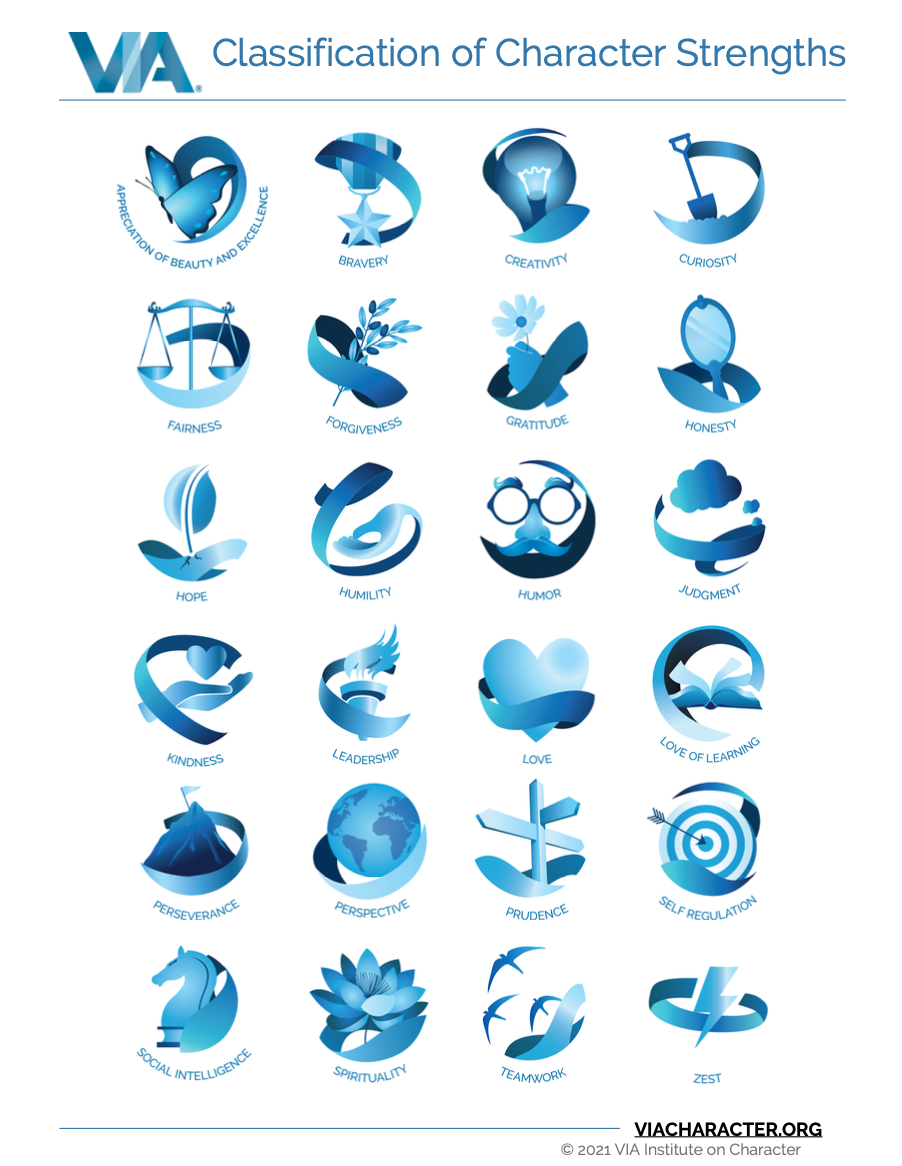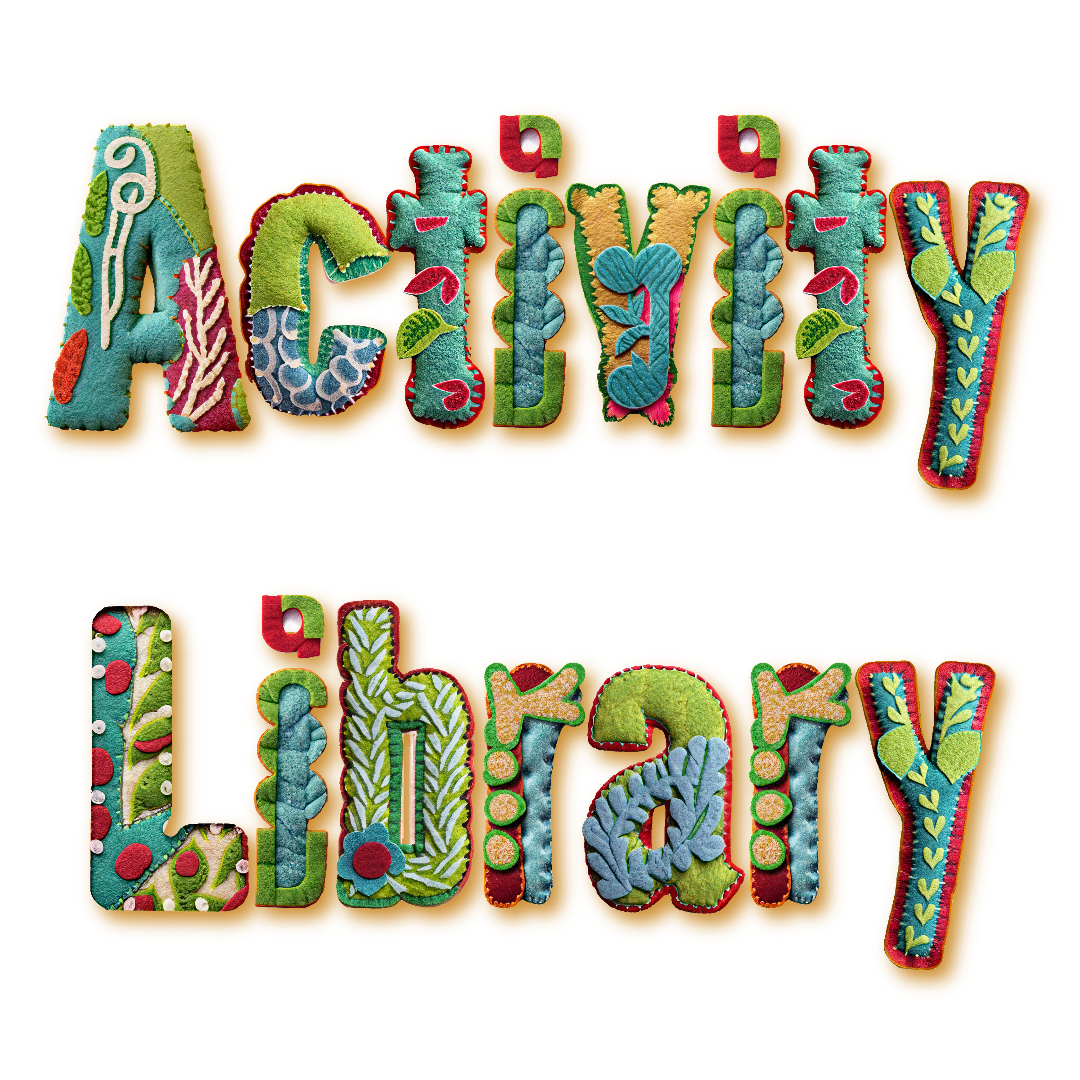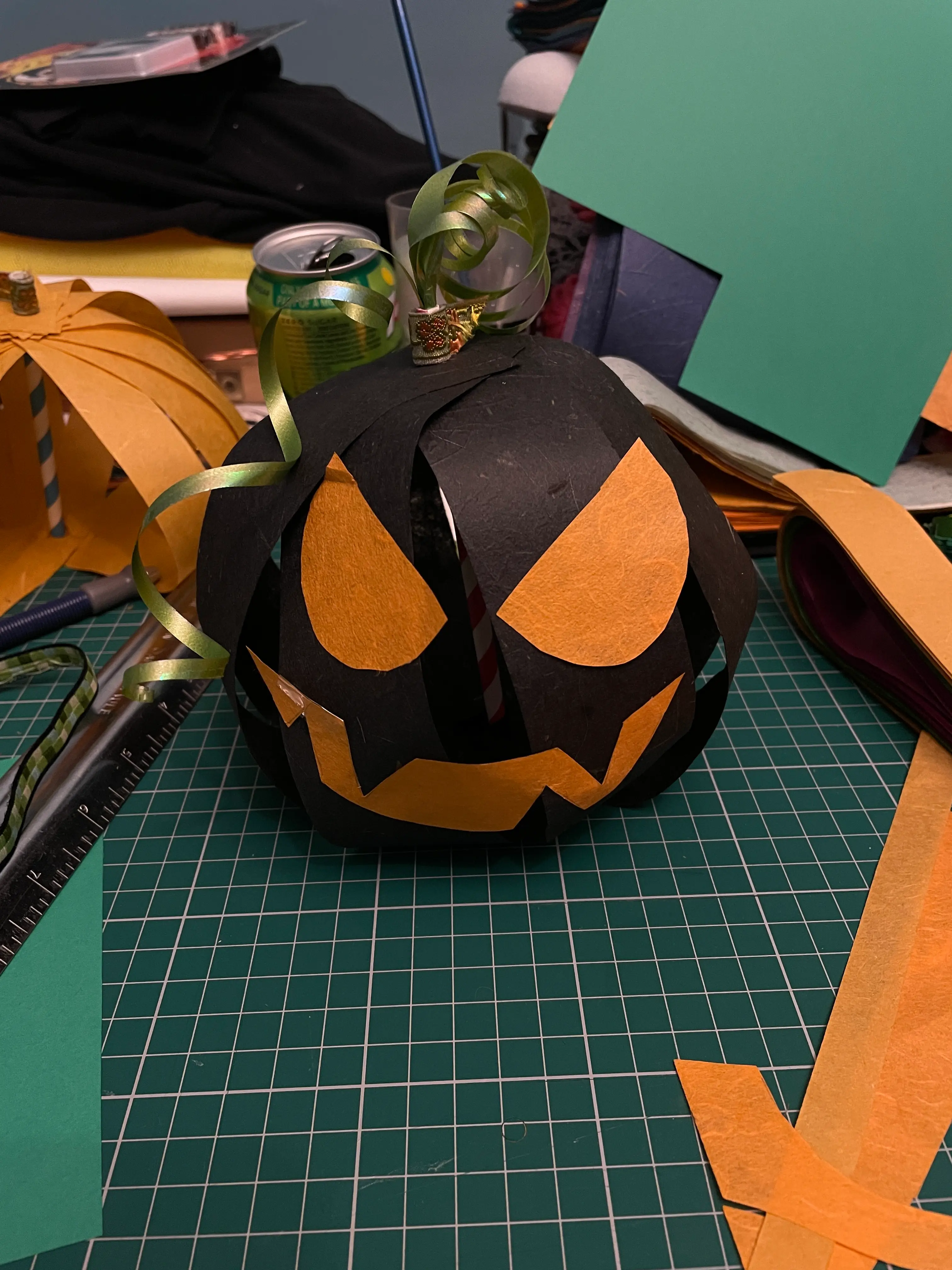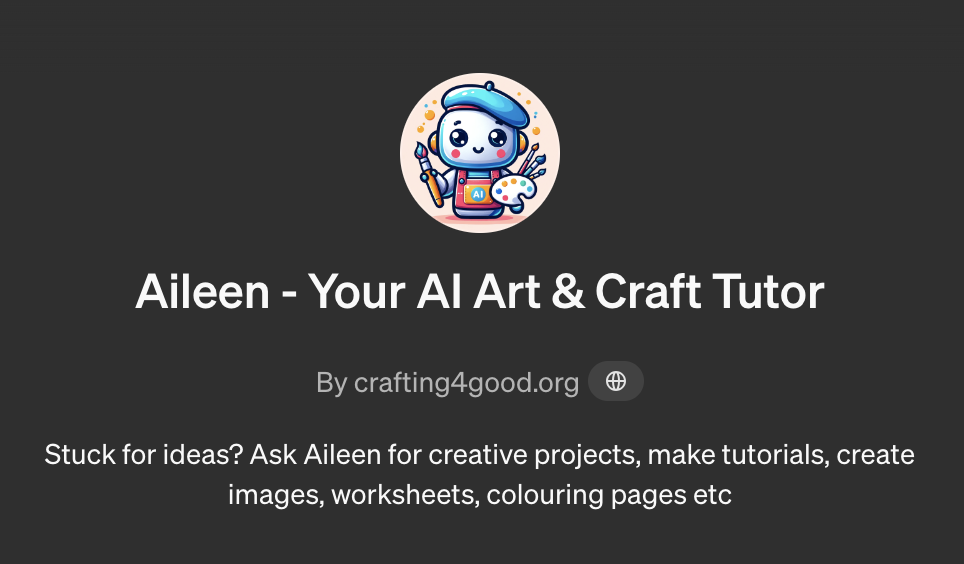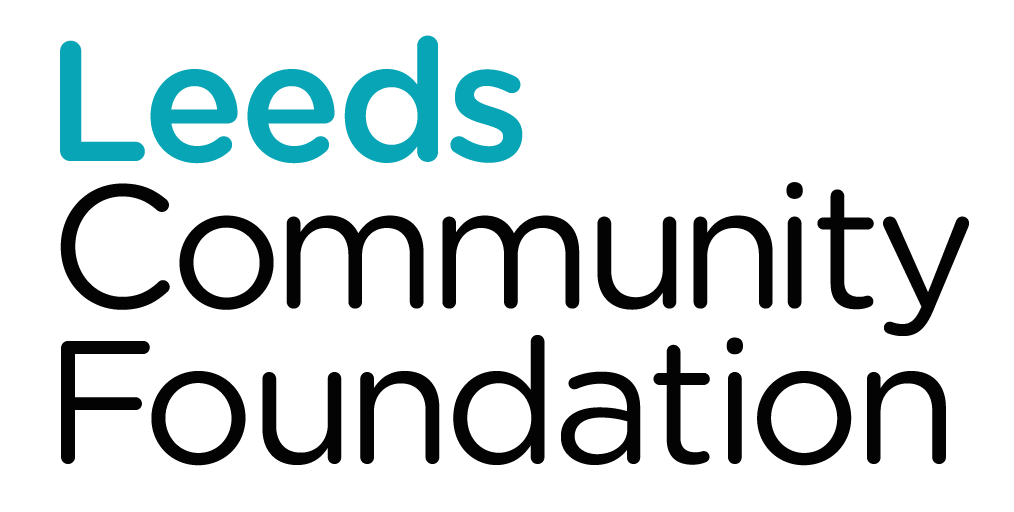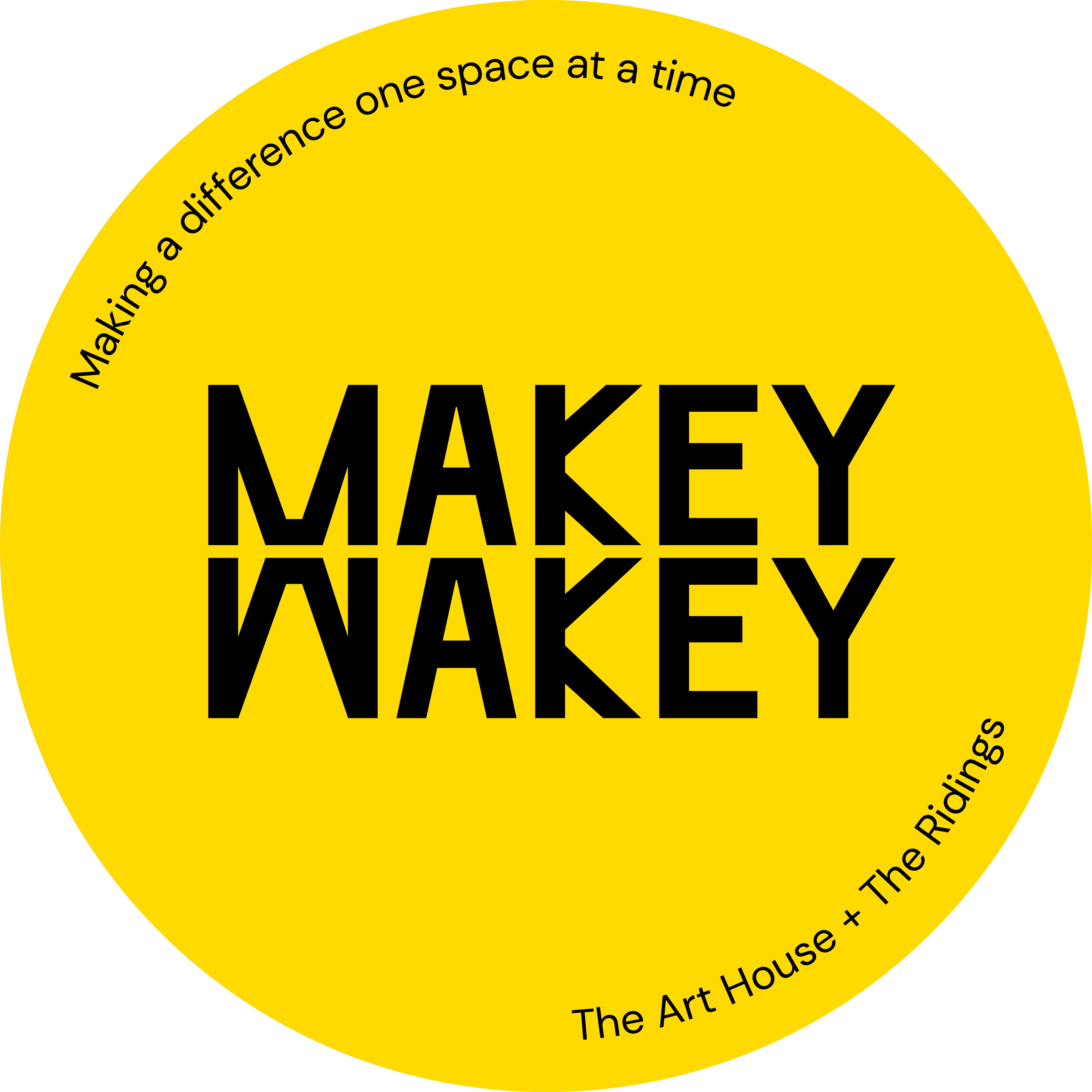- Home
- Share Your Story
- South Australian School for the Vision Impaired
South Australian School for the Vision Impaired
by Sandie
(South Australia)

Just one page from '10 Little Monkeys from Early Years Poems and Rhymes.' Tactile elements by Sandie
Learning to read a book without pictures is very boring for a young child.
Imagine that you were learning to read braille, no colours, no pictures just rows of raised dots.
I and a couple of other ladies are changing that in a small way.
We take books that have been produced in braille by the school library and make tactile pictures on the page to create interest and enjoyment to these children.
We use anything we can and have to hand to make the pictures, we use different textures and materials, feathers, linen, corrugated cardboard, felt – anything for relevance and interest.
Layering is used to provide dimension but we try to keep the illustrations as flat as possible as the book would be ridiculously bulky and difficult to put on the library shelves.
I have a die cutting machine at home (but not one at school) so often do extra ‘making’ at home to take into our school ‘Tactile’ morning.
You do have to be careful with sharp objects e.g. wire embellishments have to have the ends curled around and or encased in plastic tubing for finger protection.
The main test if you have done a good job is to close your eyes and feel it yourself, it is important to keep it relevant to the story and not too fussy or intricate that would make the picture confusing.
We do use colour as some of the children have a small amount of vision.
My 8-year-old grandson lost his sight completely to a brain tumour when he was aged 3, he is now reading books and enjoying finding a book his Nanna has helped illustrate.
Comments for South Australian School for the Vision Impaired
|
||
|
||
|
||
|
||

